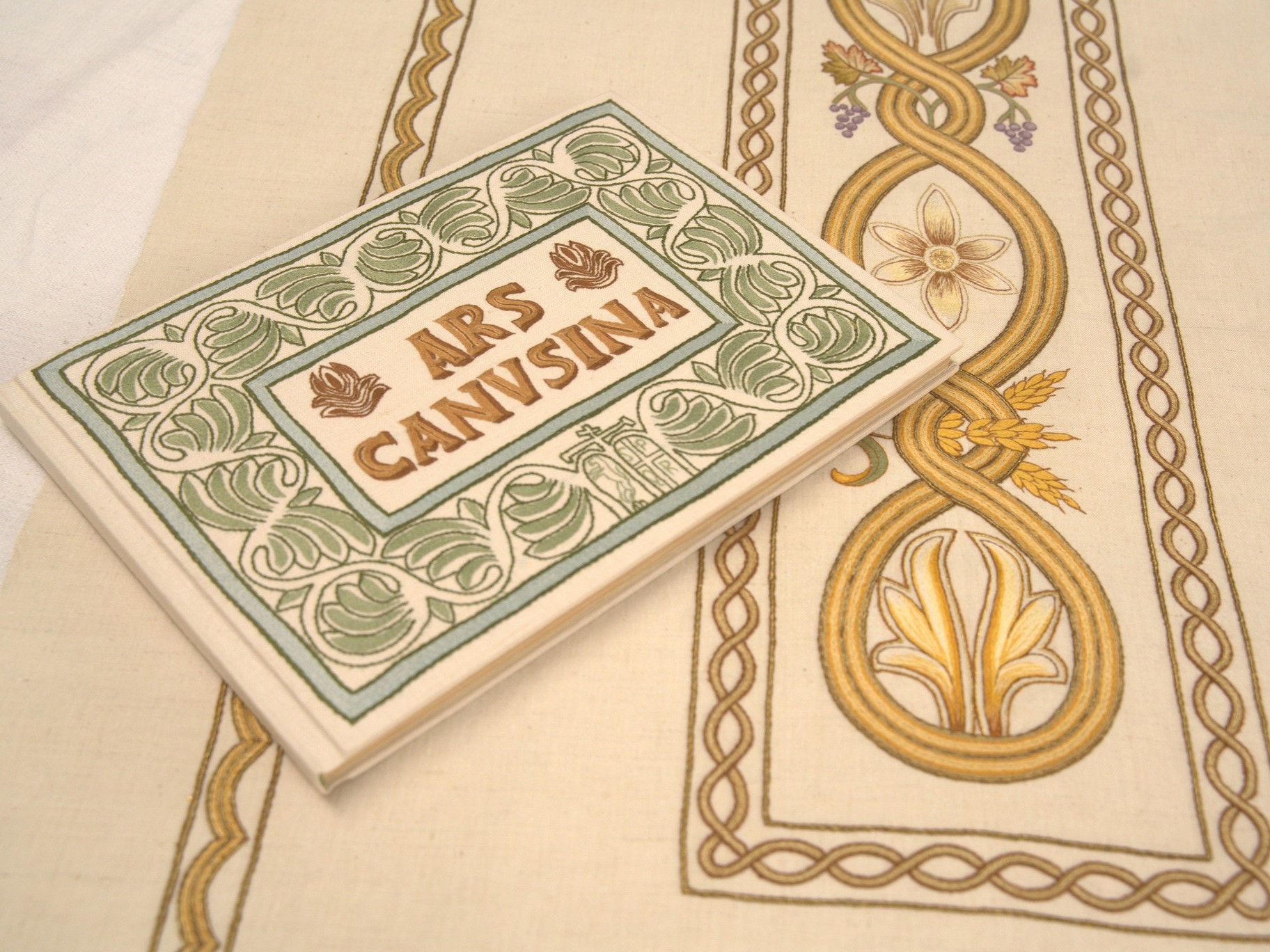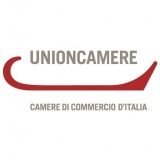
Ars Canusina art handicraft owes its origin in the 1930s to Maria Bertolani Del Rio, a psychiatrist at the San Lazzaro asylum in Reggio Emilia. In 1921 the “Antonio Marro” boarding school was established within the asylum, with therapeutic methods that included learning to make hand-crafted objects.
In 1932 the school was invited to participate in the fascist National Exhibition of Female Labour, which featured an exhibition of artefacts displaying “aspects of local traditions that are to be held in due esteem”. Reggio Emilia did not have any such art handicraft, so Maria Bertolani Del Rio decided to “invent” it.
The psychiatrist was also a local historian and passionate about the figure of “Matilde”. By observing the traces left by the Canossa dominion on the local area, she was able to develop a set of criteria and method for this type of craft work, which she then christened “Ars Canusina”.
At the time of her domination in Italy, Matilda owned large estates between Lombardy and Tuscany, with their focal point at Canossa castle. Starting from this centre, the scientist began to develop an anthology of Romanesque styles and designs, which later gave rise to the Ars Canusina album, which was published in 1935.
The album took the form of a collection of designs obtained by transferring figures from stone to paper, with care taken to highlight their original geometric proportions. It was a collection of figurative motifs that were essentially Romanesque and, at the same time, characteristic of the local area.San Lazzaro began to require the Ars Canusina activity to also provide economic support for the boarding school.
So on 25 September 1948, Maria Del Rio filed the exclusive patent to protect the original production criteria for embroidery, ceramics and work in metal, leather, cast iron, wood and stone.
Ars Canusina
Ars Canusina has an 80-year history. This is divided into an historic period, covering the original experience of the founder and her followers, and the current period, since the revival of the tradition during the 1990s.
The Products
The fields most explored today are inlaid terracotta, multicoloured glass, tooled stone, embroidered fabrics, decorations applied to new lighting systems, wrought iron, ceramics, hand-painted fabrics, and embossed and inlaid wood.
With the current production, the revival of Canusina decorations is also applied to modern forms of interior design and urban decoration.The method used in the production of the works has remained substantially unchanged up to the present.
The different specialisations start from an examination of the graphic canon, exploring ever new compositional variations on the individual decorative motifs and adapting the design to the object, following criteria that are both functional and aesthetic.
The discipline achieved high levels of quality in the ceramic, maiolica and terracotta works of Giuseppe Del Monte, a former student at the Marro school who later became a renowned Ars Canusina artist.
Another field of particular importance for the art handicraft, with inspiration drawn from ancient styles, is embroidery. This old family tradition, which risked becoming extinct, was revived with considerable effort.
The greatest exponent of Canusina embroidery was Nora Martinelli Villa, a former teacher at the Marro school and then a leading figure in its rebirth. Further experiences were gained after the Marro period. Among Maria Del Rio’s followers, honourable mention is due in particular to the sculptor Carmela Adani and to Ermes Villa, creator of numerous precious artefacts in embossed copper, which remain as unsurpassed examples of master craftsmanship and artistic value.
The Local Area
Although the brand is owned by the Municipality of Casina, the handicraft production embraces the entire province of Reggio Emilia.
Numerous castles, villages, parishes and places of historical and artistic interest open to visitors, with abundant remnants of the medieval and Romanesque periods.
The provincial capital was the birthplace of the Italian flag in 1797, and Reggio Emilia is known as the “Tricolour City”.
by Camera di Commercio di Reggio Emilia



